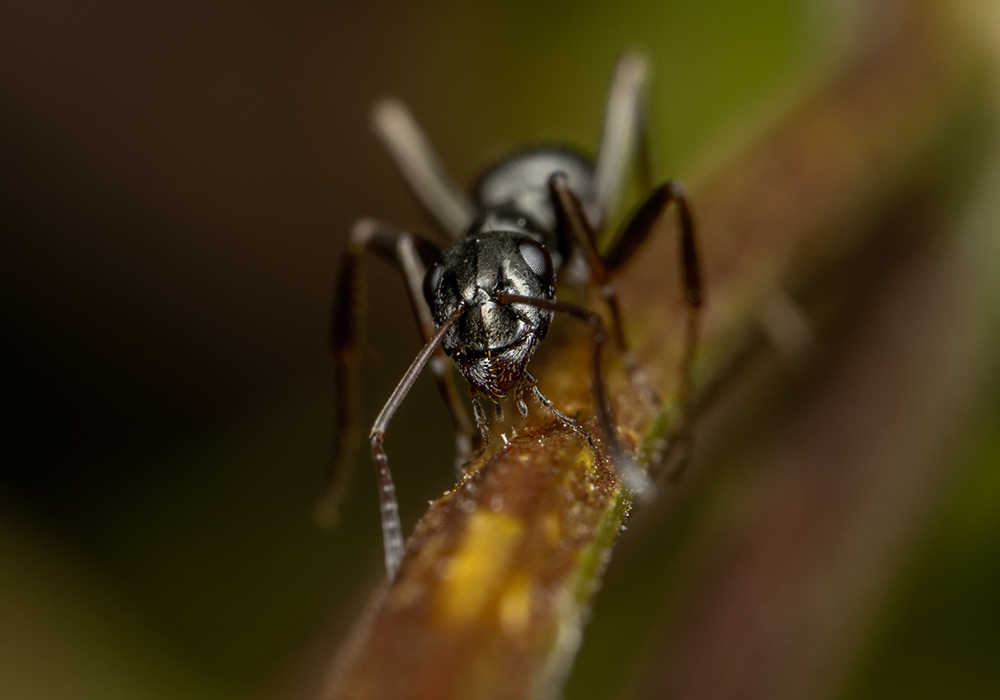Humans have always been obsessed with counting each other.
The Egyptians were doing it 4,000 years ago, requiring every citizen to declare “whence he gained his living.”
Some of these early efforts were startlingly accurate. A census of taxable families in China in 2 A.D. found 57,671,400 individuals living in 12,366,470 households.
When the Normans finished conquering the English in the late 11th century, one of the first things they did was conduct a census so that they could properly tax their new subjects.
The first known census conducted in what is now Canada took place in 1666 by the French, while the first census conducted following Confederation took place in 1871.
Read Also

Farmer ownership cannot be seen as a guarantee for success
It’s a powerful movement when people band together to form co-ops and credit unions, but member ownership is no guarantee of success.
Canadians have developed a love-hate relationship with census-takers.
When Statistics Canada recently announced that it may eventually stop asking producers about such things as their seeding intentions and how many people they employ, the justification was to ease the burden on farmers.
However, as much as we don’t like being pestered with questions, particularly by the government, I think most of us recognize why it’s beneficial for our policy-makers to have the most up-to-date data at their fingertips when making policy.
This obsession with counting goes beyond the census. We keep track of the number of vehicles that go through specific intersections, the number of home runs Babe Ruth hit in a particular season and the country’s per capita pizza consumption.
Now apparently, we’re also counting ants.
Researchers at the University of Michigan recently conducted one of the oddest censuses of all time and came up with 20 quadrillion, or 20,000,000,000,000,000.
And that’s only the ants that live and work above ground. The project didn’t worry about subterranean ants.
It looked at previous studies done around the world, in which scientists counted the number of ants that fell into traps while foraging. The researchers then extrapolated from there and came up with their number.
The results mean that ants outnumber humans by 2.5 million to one, which isn’t skin-crawlingly creepy at all.
I wonder what they’ll count next — the number of snowflakes that fall during a blizzard?















